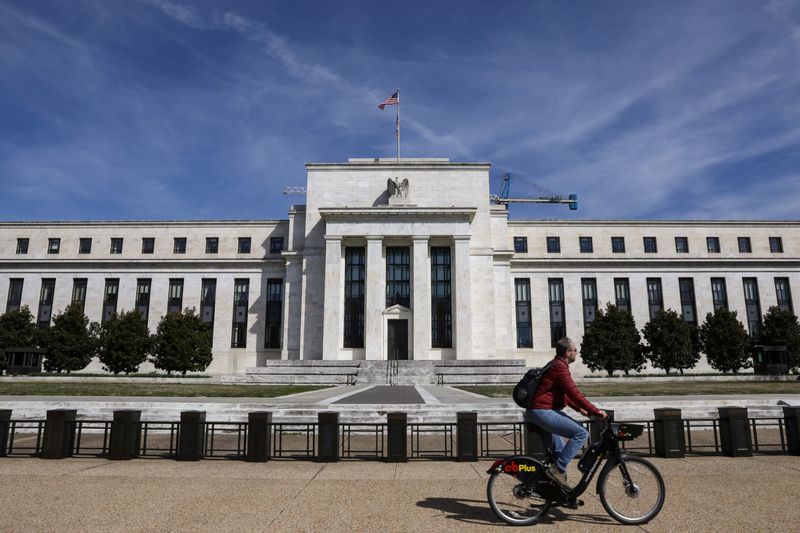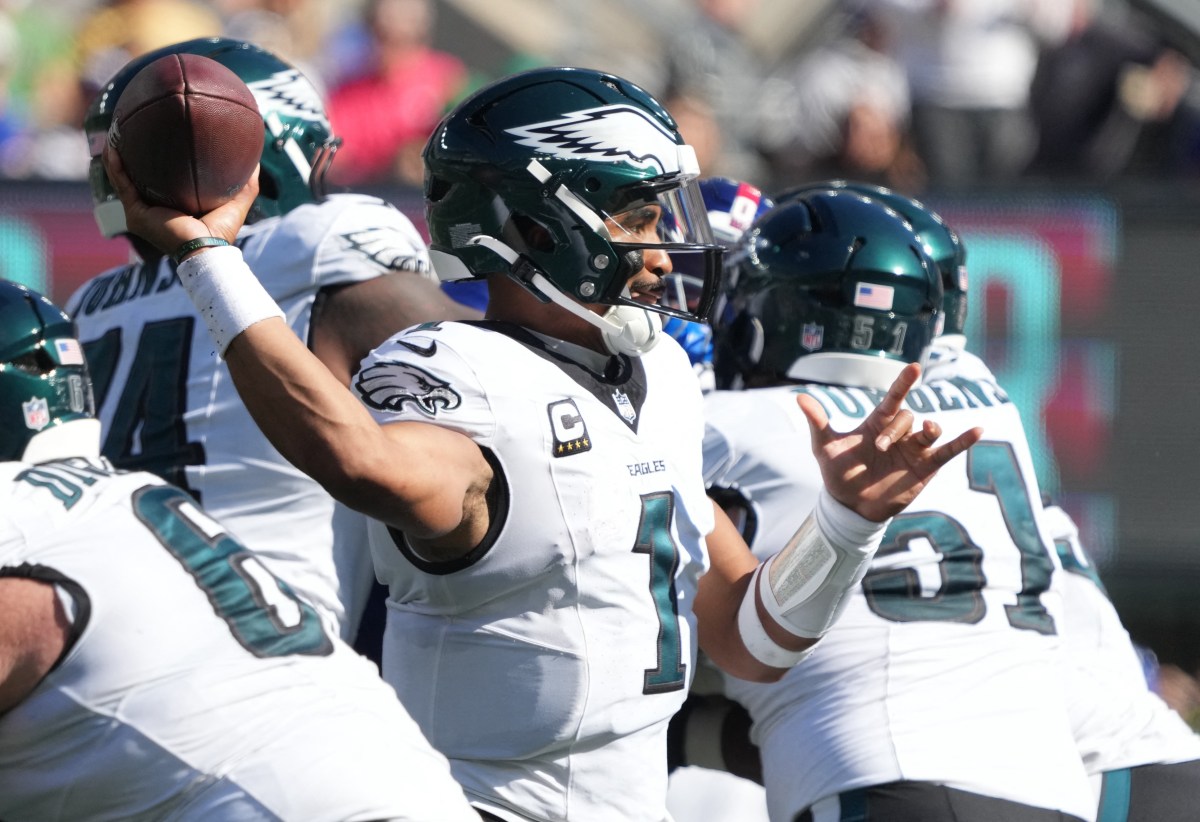(Corrects location of Glenmede to Philadelphia, Pennsylvania)
NEW YORK (Reuters) -The Federal Reserve on Wednesday raised interest rates by a quarter of a percentage point and projected its policy rate would hit a range between 1.75% and 2% by year’s end in a newly aggressive stance against inflation that will push borrowing costs to restrictive levels in 2023.
In a new policy statement marking the end of its full-on battle against the coronavirus pandemic, the U.S. central bank flagged the massive uncertainty the economy faces from the war in Ukraine and the ongoing health crisis, but still said “ongoing increases” in the target federal funds rate “will be appropriate” to curb the highest inflation in 40 years.
STORY: STATEMENT:
MARKET REACTION:
STOCKS: The S&P 500 pared strong gains and was last up 0.43%
BONDS: The 10-year U.S. Treasury note yield rose to 2.2261%, and the 2-year yield rose to 1.9997% The 2s/10s yield curve flattened to 23.05 basis points
FOREX: After a brief pop higher, the dollar index moved back to a 0.08% loss
COMMENTS:
JASON PRIDE, CHIEF INVESTMENT OFFICER OF PRIVATE WEALTH AT GLENMEDE, PHILADELPHIA, PENNSYLVANIA
“The Fed followed through today on what was already assumed to be a foregone conclusion, by raising the federal funds rate by a quarter-percent. This is likely only the first step in a larger campaign of policy normalization from the Fed, as it seeks to rein in hotter-than-normal inflation.
“The press release introduced fresh language highlighting the uncertainty prompted by the conflict between Russia and Ukraine, noting that “the invasion and related events are likely to create additional upward pressure on inflation and weigh on economic activity.” The war in Eastern Europe is unlikely to halt the Fed’s tightening plans, but it may prompt caution on the speed of rate hikes as the economic effects of the conflict become better understood.
JOSEPH LAVORGNA, AMERICAS CHIEF ECONOMIST, NATIXIS, NEW YORK
“The Fed is reacting to the market’s fear of inflation. So, they validated expectations of seven hikes this year.
“They’re going to try to be aggressive here in raising rates. I wish Jay Powell and company all the best of luck because they’re not going to get anywhere near as they think, unless they’re willing to throw a lot of people out of jobs, because that’s what’s going to happen. Because we’re going to have a recession. This is a recession forecast.
“This is magical forecasting. I don’t think it holds up to historical scrutiny. You got a weakening economy, and you are going to take rates well above where they say neutral is. Neutral is lower than where they believe it is. I just don’t see the Fed being able to engineer this kind of tightening for what right now is inflationary demand destruction.
PAUL ASHWORTH, CHIEF US ECONOMIST, CAPITAL ECONOMICS, TORONTO (via email)
“The Fed began its tightening cycle with a 25bp hike today and, despite the uncertainty caused by the war in Ukraine and China’s efforts to contain the spread of the Omicron variant, officials look set to hike rates by an additional 25bp at each of the remaining six policy meetings this year, which would take the fed funds target range to between 1.75% and 2.00%. As the statement put it “ongoing increases in the target range will be appropriate”. The pace of tightening is then expected to slow, with the median projection pointing to a 25bp rate hike at every other meeting next year, taking the target range to between 2.75% and 3.00% by end-2023. That would take the policy rate slightly above the median estimate of the neutral rate, which was lowered very slightly to 2.4%. Even after the rally in rate expectations in recent days, the Fed’s own projections are on the hawkish side.
HINESH PATEL, PORTFOLIO MANAGER, QUILTER INVESTORS, LONDON
“It is early days in the hiking program, but we finally have lift off at the Federal Reserve. Despite being behind the likes of the Bank of England this has been a very well telegraphed and managed rate rise, even with the threats of Omicron, China’s regulatory crackdown and now the knock on effects of the war in Ukraine.
“None of these threats, however, are resolved by monetary policy and with the inflation shock reverberating around the system the Fed needs to move back to normalcy, at least to build in some insurance for when easing will once again be required in the future.”
SCOTT LADNER, CHIEF INVESTMENT OFFICER, HORIZON INVESTMENTS, CHARLOTTE, NORTH CAROLINA
“What is driving it down is really the aggressiveness of the Federal Reserve. The one key thing the Fed is forecasting is to push interest rates above neutral and every time interest rates go above neutral, the economy tips into recession sometime after that.”
“This looks like a Fed that is intending on causing recession in order to stamp out the inflation problem and that is as short sighted as calling inflation transitory a year ago.”
“What they’re reacting to isn’t the 25 basis point rate hike that was well telegraphed and fairly well expected, what they’re really reacting to is the new dot plot from the Fed showing that they anticipate also seven rate hikes this year.”
ROBERT PAVLIK, SENIOR PORTFOLIO MANAGER, DAKOTA WEALTH MANAGEMENT, FAIRFIELD, CONNECTICUT
“It was pretty much right in line with what the market expected.”
“What we were seeing heading into this is buy the rumor, and now we are seeing a little bit of sell the news.”
“It’s really going to be a focus on how many interest rate hikes are these Fed (officials) forecasting this year and how fast are they going to roll off the balance sheet.”
(Compiled by the U.S. Finance & Markets Breaking News team)






















